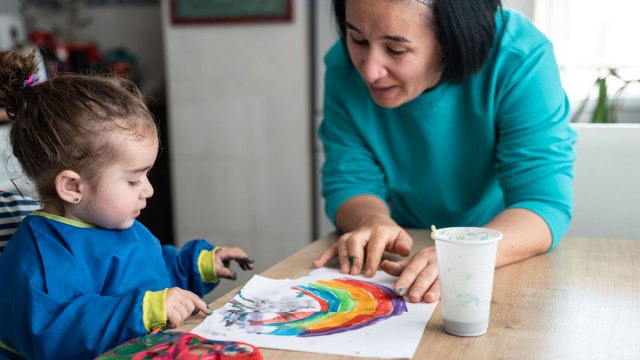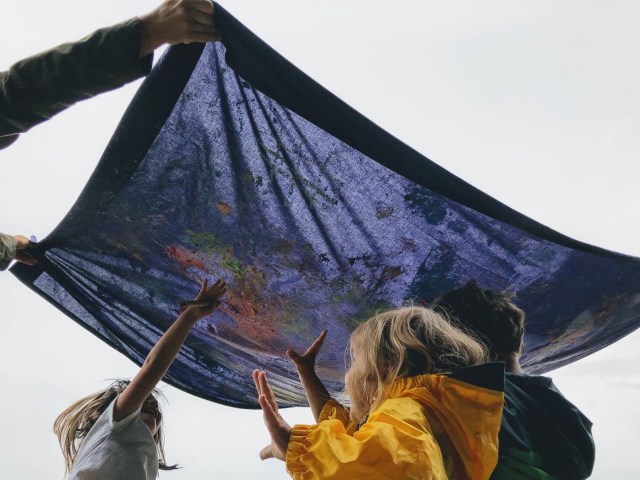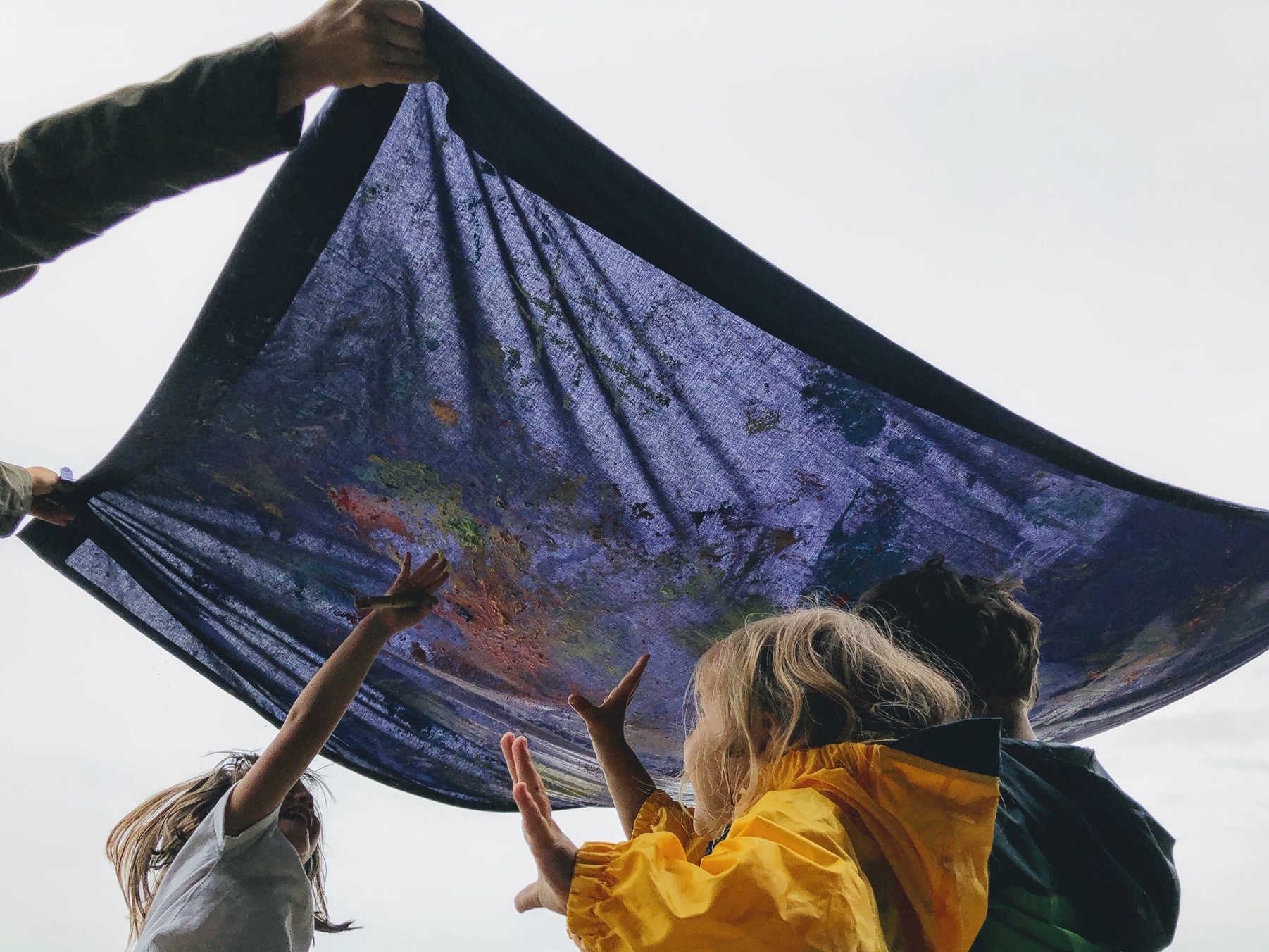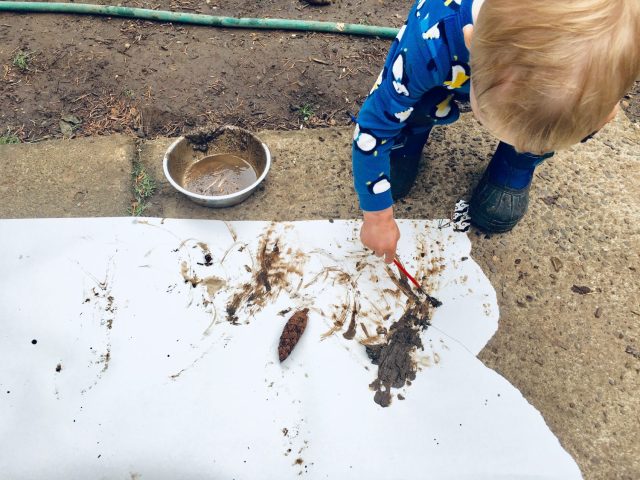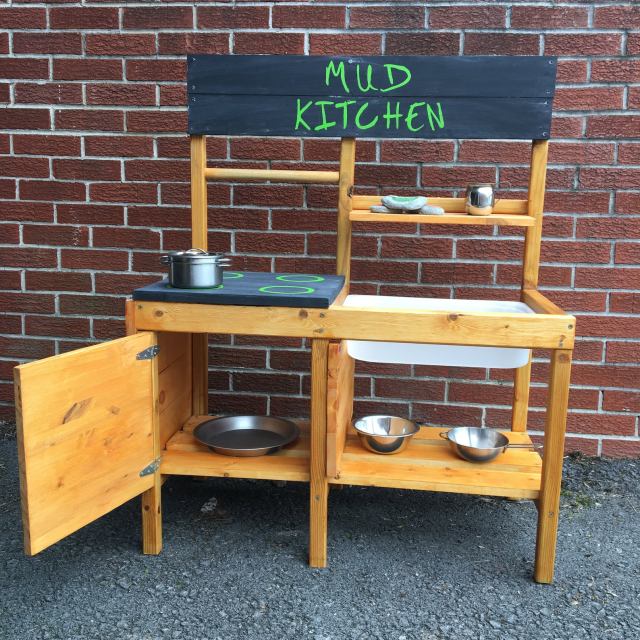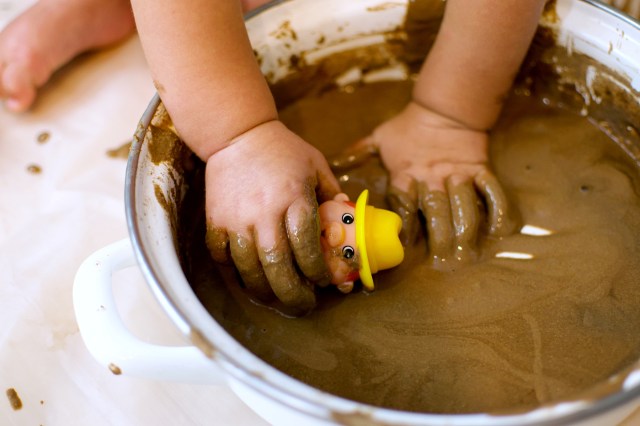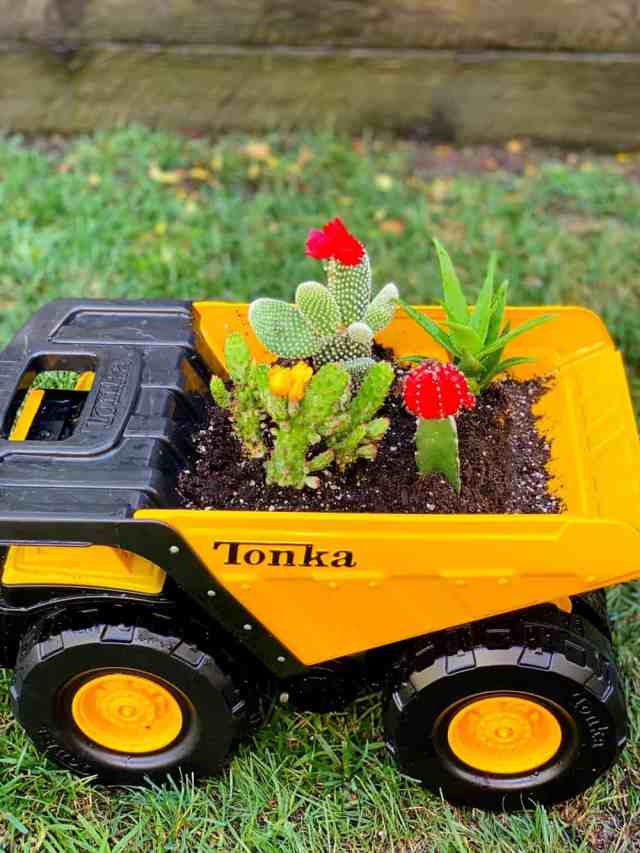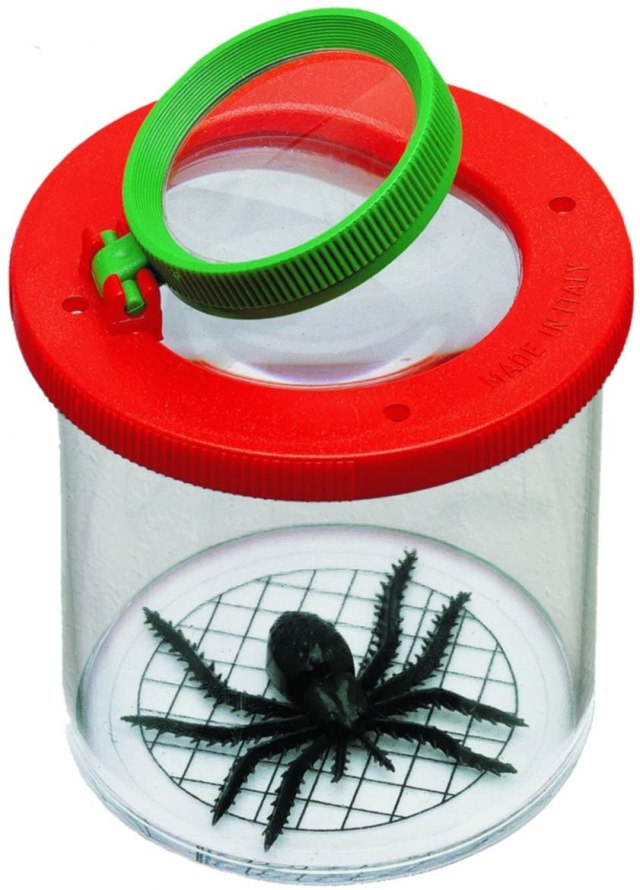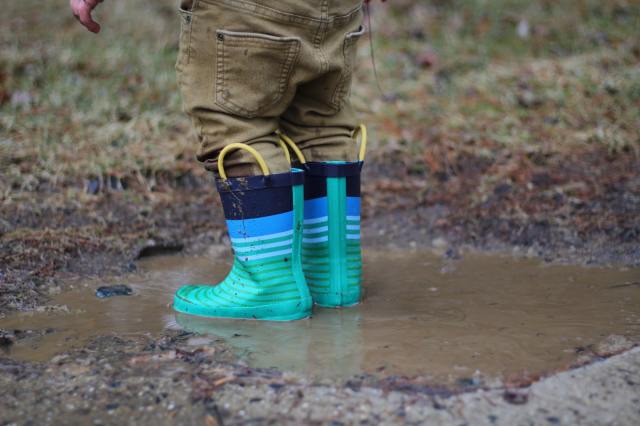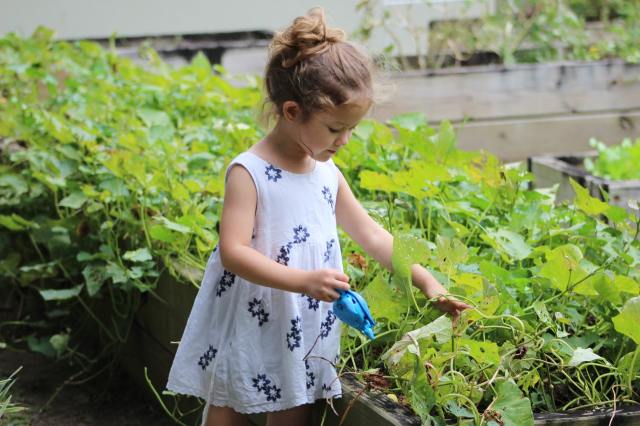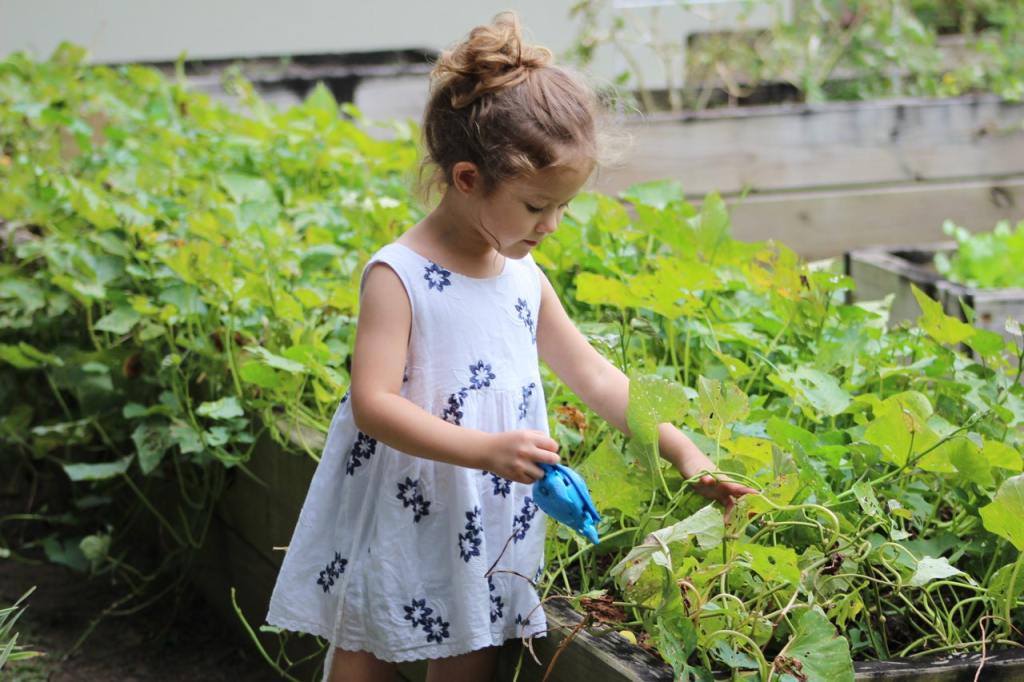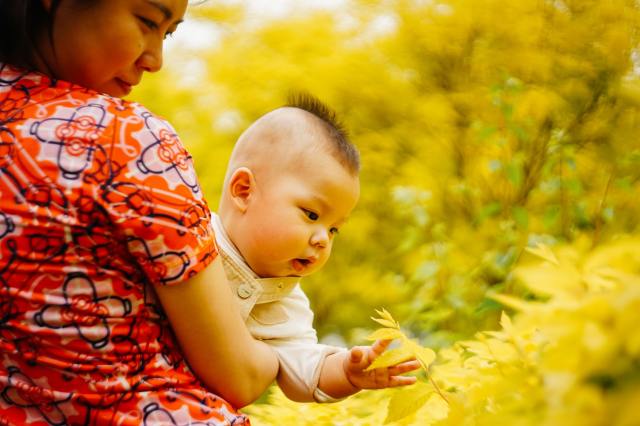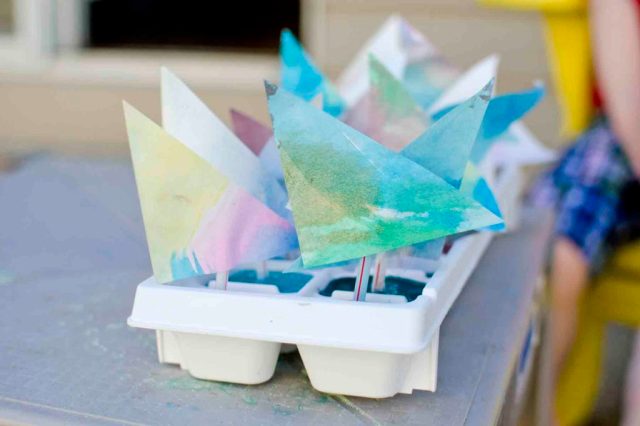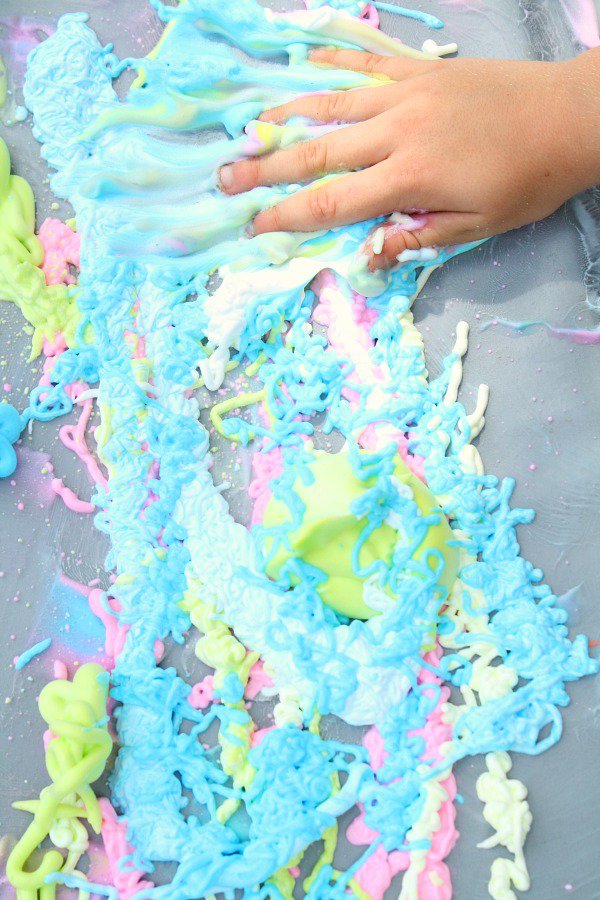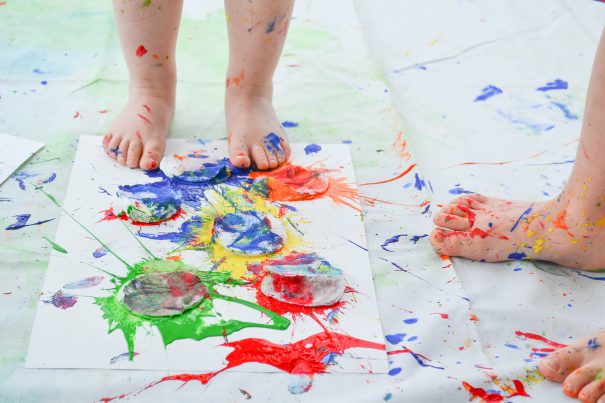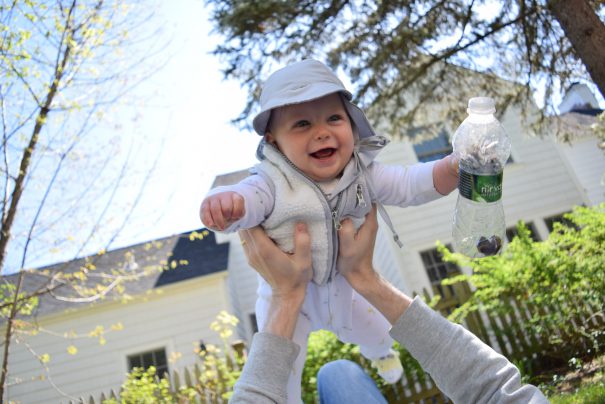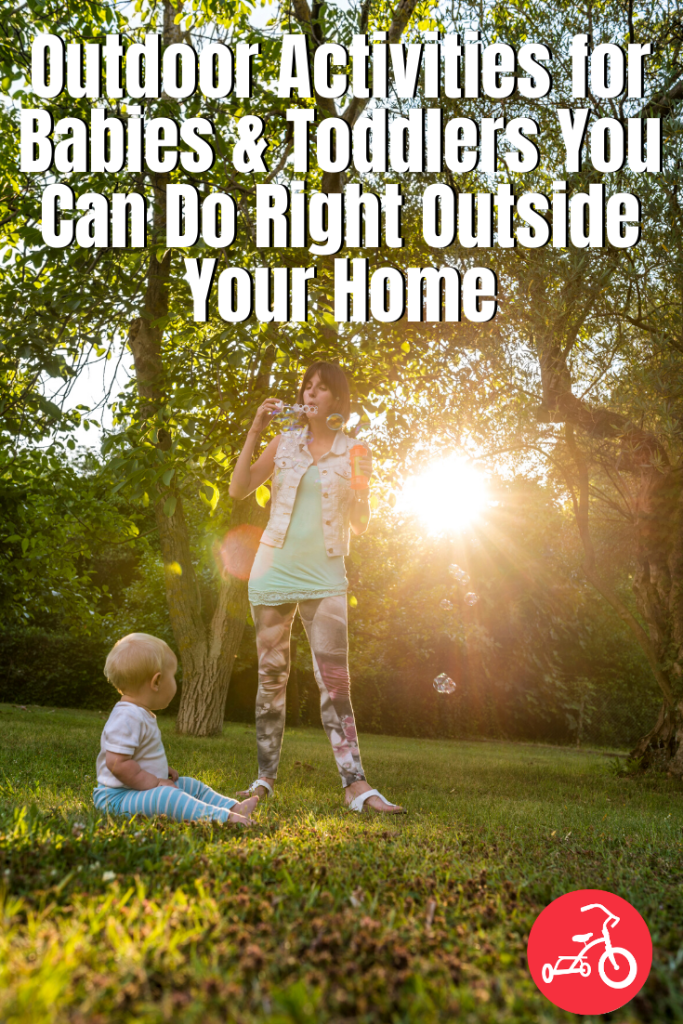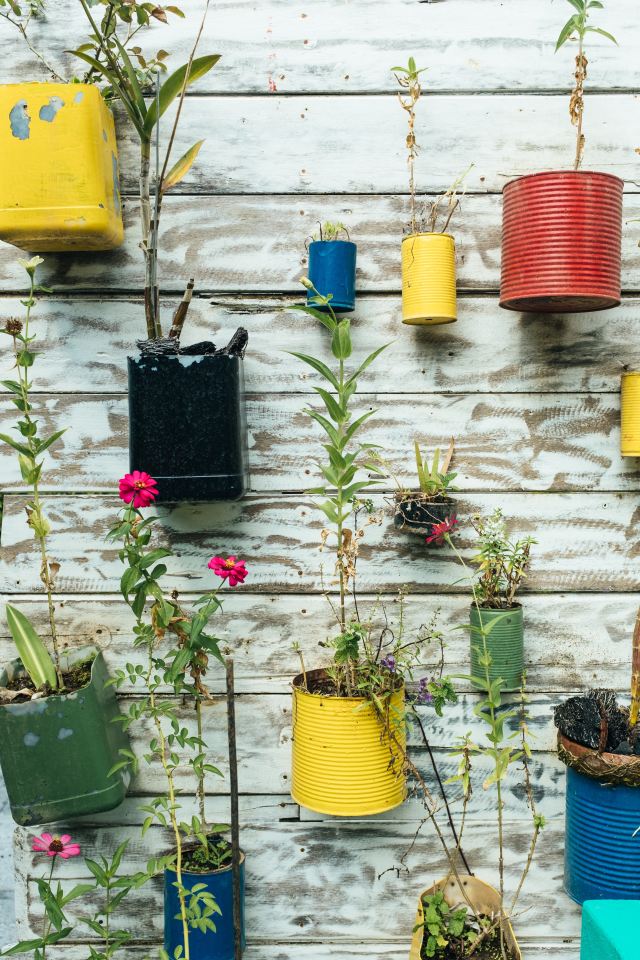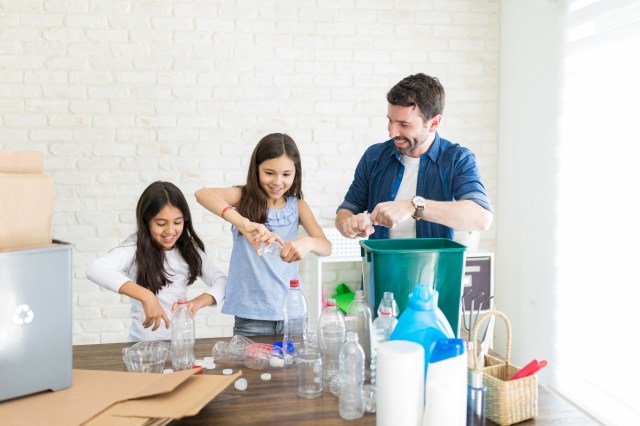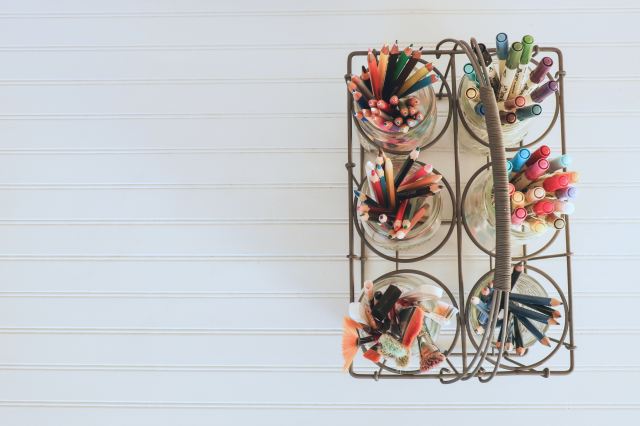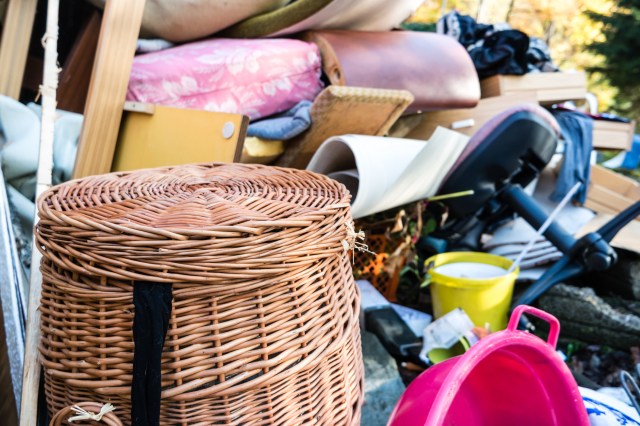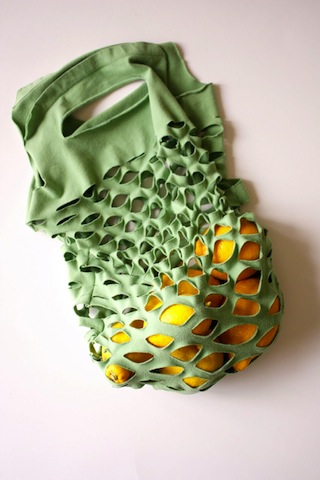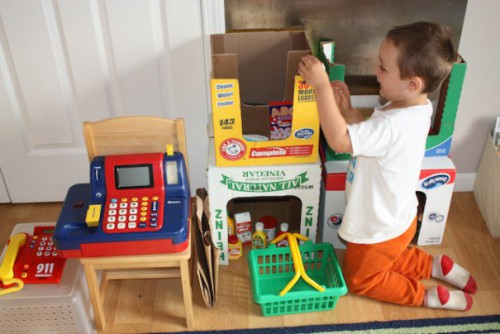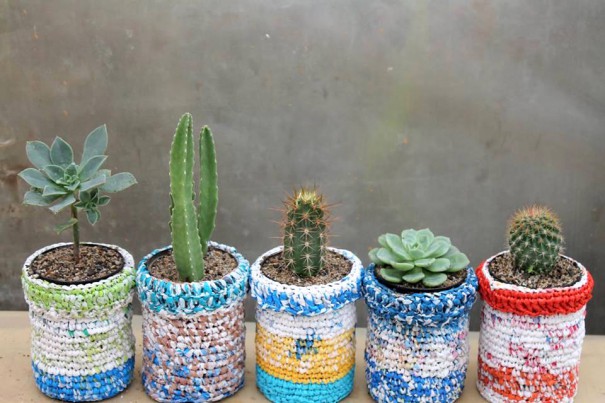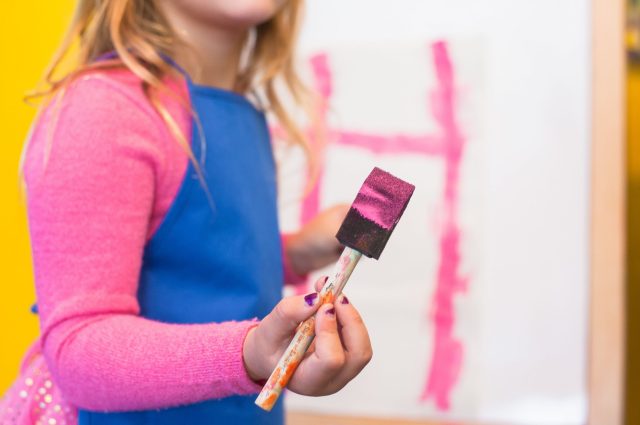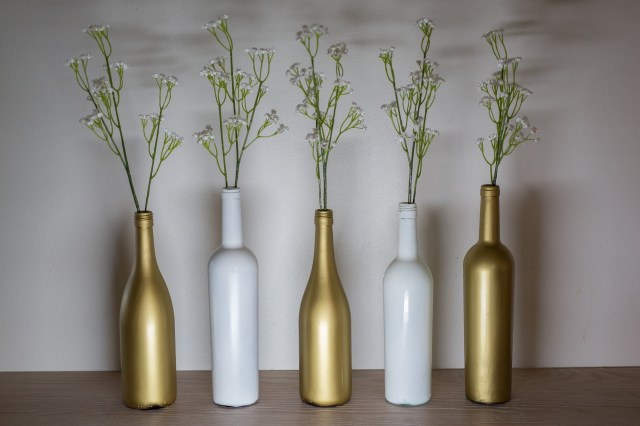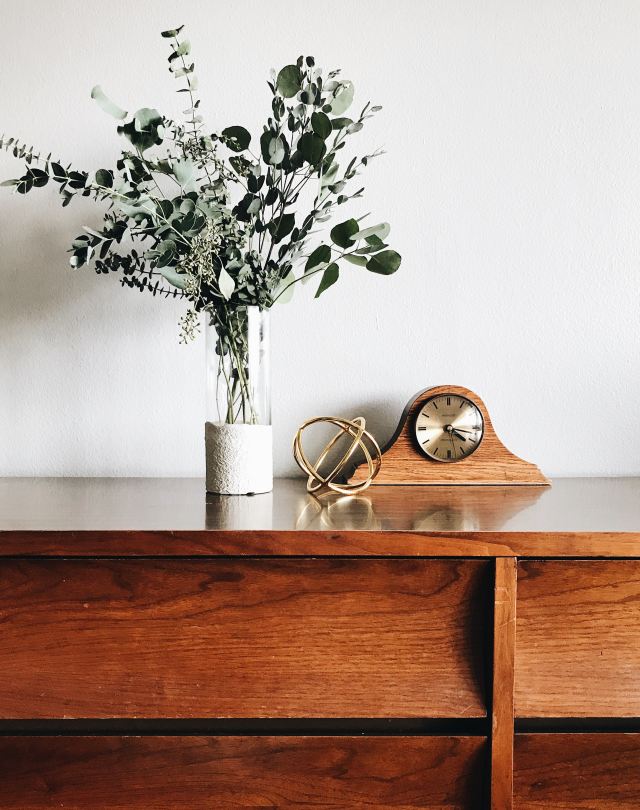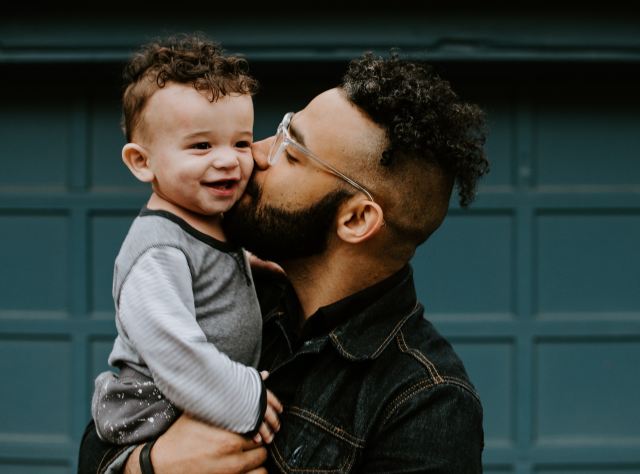Get crafty with your child this Mother’s Day. While your little one may not be able to create a masterwork of art just yet, that doesn’t mean they can’t add a special touch to the perfect gift for you or Grandma this Mother’s Day. Whether you and your baby make a mess or not, you’ll be making memories with these Mother’s Day infant crafts.
Looking for other things to do for Mother’s Day with your baby or toddler? Check out our favorite ways to celebrate your first Mother’s Day with a baby, easy Mother’s Day cards kids can make at home, and easy toddler crafts.
Smile Blossoms
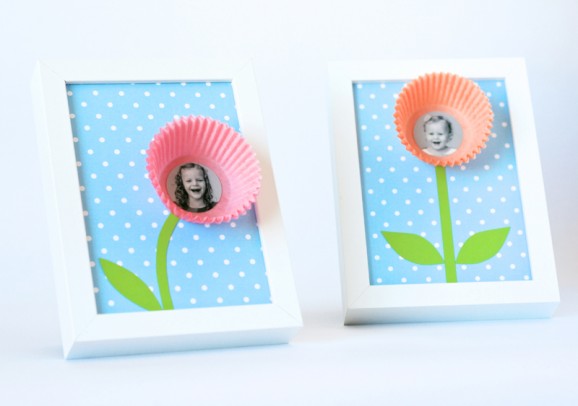
A cupcake liner adds a 3D effect to these framed smile blossoms, and all your little one needs to add is the beautiful smile for the photo. Visit the Paging Supermom blog for the tutorial and a free printable of the blue polka-dotted background.
Bouquet of Love
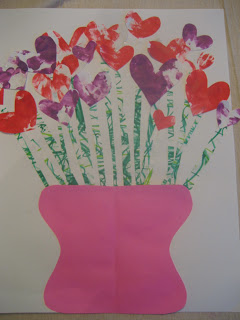
Heart-shaped, finger-painted flower petals are the centerpiece of this bouquet of love from Toddler Approved. Once the finger painting is done, test out your mini artist’s scribbling skills for the stems and then cut and paste to create a beautiful arrangement.
Papier-Mâché Bowls
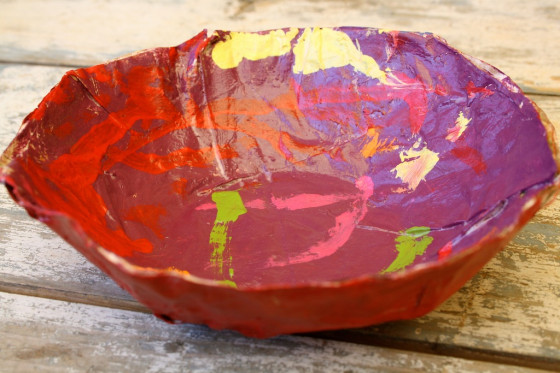
An admittedly messy craft for the slightly older baby or toddler, these papier-mâché bowls from the Happy Hooligans blog are sure to be a hit on Mother’s Day. They can be given on their own, or you can place an additional gift inside. They are as useful as they are one of a kind!
Handprint Apron
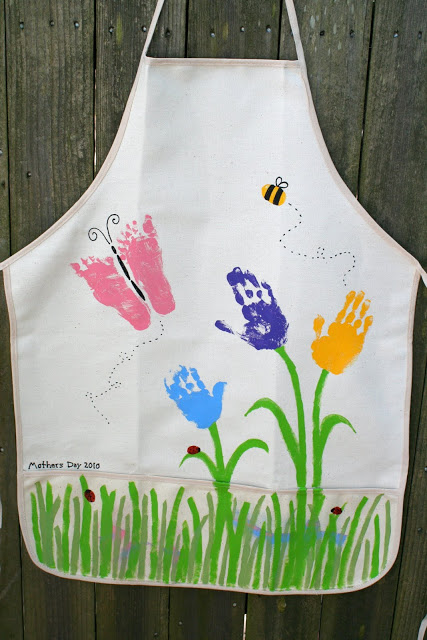
Craft a garden of love with baby’s hand and footprints on an adorable handprint apron from the Little Page Turners blog. Add in a yellow thumb and a few red fingertips for the bee and ladybugs. It's the perfect gift for grandmas who like to cook with their grandkids.
Rainbow Heart Suncatchers
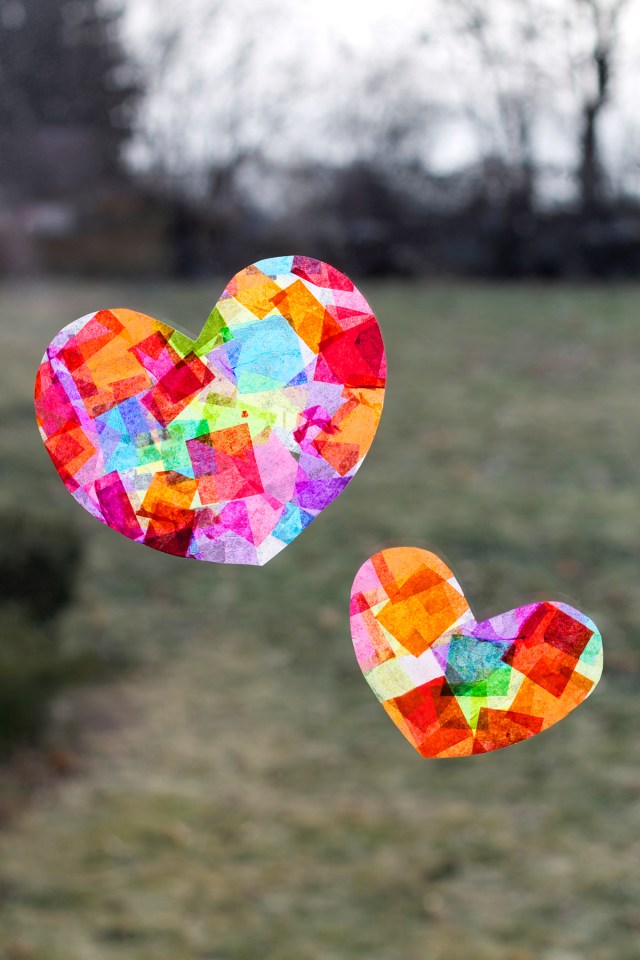
Catch some rays with these rainbow heart suncatchers from Fireflies + Mud Pies. Either cut the tissue paper or have baby rip it up before letting them go to town on gluing the pieces in place.
Coffee Filter Flowers
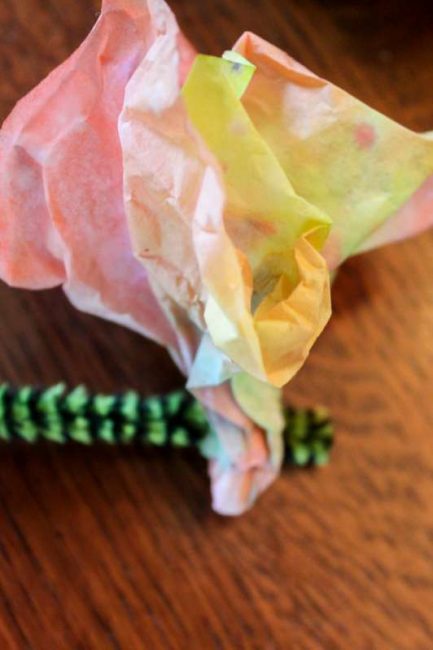
An ice-cube tray of watercolors, coffee filters and pipe cleaners are all you need to make beautiful colored coffee-filter flowers that will never wilt. The Hands On As We Grow blog has instructions on painting or dipping (depending on baby’s dexterity) the filters for a gorgeous Mother’s Day bouquet.
Handmade Mother's Day Cards

This clever idea for making Mother's Day cards combines hand-scribbled art with photos of the artist in action: Take photos of your child while they're creating their card masterpiece and attach the photos to the front of the card. If your child isn't ready to manage a paintbrush or marker, give them finger paints. You'll find instructions for the card (and a DIY envelope to put it in) at The Mombot.
Handprint Memory Box

Let your little one lend a hand to create this custom handprint memory box from Mama.Papa.Bubba. Draw a heart around the handprint to emphasize the shape, and feel your mom heart melt every time you add a memento to it. If you're giving this as a gift, add a little treat inside the box for an extra surprise.
Flower Family Picture

This flower family picture from Domestic Mommyhood showcases cute faces surrounded by real flower petals for a natural touch. Tiny fingerprints make for perfect leaves on the stems. This craft is also great for babies with older siblings and is sure to brighten mom's day.
Mason Jar Vase

Every mom loves flowers on Mother's Day, but showing them off in this mason jar vase makes them extra special. This project can be done almost for free using items you probably already have around your house. It’s fast, easy and yet another idea that lets your mini-me stick their hand in paint, which they'll love. Get the how-to at Christina's Adventures.
Salt Dough Footprint Hearts
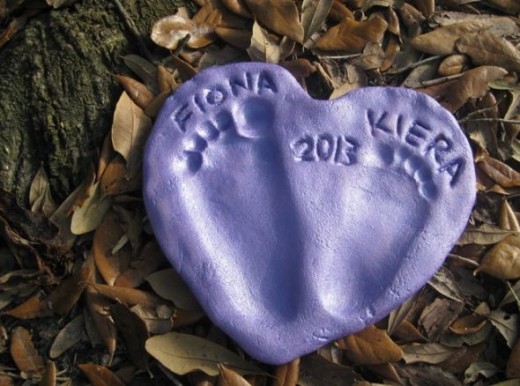
If you have salt, flour, water, an oven and some paint, you can make these adorable footprint hearts. If your baby can hold and use a paintbrush, they can help with the painting, or you can guide their hand as they paint. The result is a memorable decoration that can be used indoors or out. Visit HubPages for the instructions.
Child-Painted Canvas

This incredibly simple project turns a sloppy mess into a piece of fine art. Grab a piece of canvas, a few jars of finger paint, and some shape stickers or die-cut vinyl lettering and let your child work their artistic magic. Your little one will get to play and learn about texture, color mixing and creativity, while the letters elevate their design into something pretty special. See more at The Desperate Craftwives.
Sandy Fingerprint Candle Holders
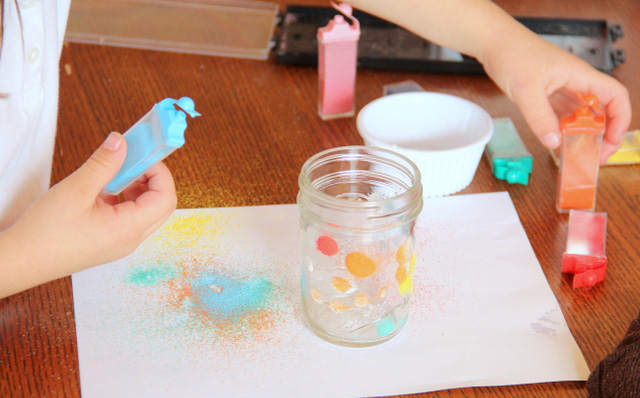
Decorate a candleholder with the help of those tiny little piggies. All you need are a few dabs of glue and some rainbow craft sand to cover a mason jar with adorable finger or toe prints. Check out some of the photos of the finished, illuminated project at Sugar Aunts.
Thumbprint Charm Necklaces
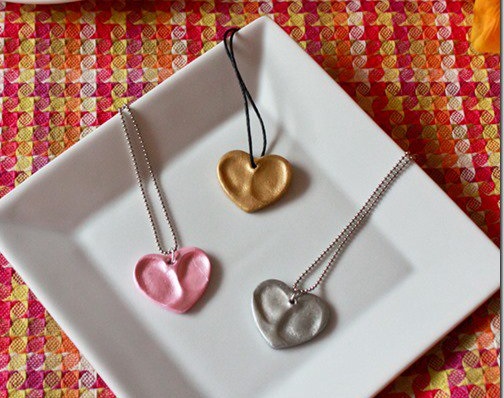
This project requires a little extra work on Mom’s (or Dad's) part, but the result is a unique heart-shaped pendant featuring your babe’s fingerprints. Find the full craft idea, along with links to all the materials you'll need (including oven-bake clay and cookie cutters), at That's What Che Said.
Sandy Handprints

Another spin on the handprint art concept, this craft creates a handprint out of sand. The reminder of just how tiny baby's hands are make it a memorable Mother's Day gift. Steps to make one yourself can be found at Crafting a Green World.
—with additional reporting by Katie L. Carroll
Make sure to capture all the messy fun—and share it with your family and friends near and far—with the Tinybeans app. The secure platform puts parents in total control of who sees and interacts with photos and videos of their kids.
